
Frost and freeze damage affect countless fruit and vegetable growers leading to yield losses and occasionally the loss of the entire crop. Frost damage occurs when the temperature briefly dips below freezing (32°F).With a frost, the water within plant tissue may or may not actually freeze, depending on other conditions. A frost becomes a freeze event when ice forms within and between the cell walls of plant tissue. When this occurs, water expands and can burst cell walls. Symptoms of frost damage on vegetables include brown or blackening of plant tissues, dropping of leaves and flowers, translucent limp leaves, and cracking of the fruit. Symptoms are usually vegetable specific and vary depending on the hardiness of the crop and lowest temperature reached. A lot of times frost injury is followed by secondary infection by bacteria or opportunist fungi confusing with plant disease.
Most susceptible to frost and freezing injury: Asparagus, snap beans, Cucumbers, eggplant, lemons, lettuce, limes, okra, peppers, sweet potato
Moderately susceptible to frost and freezing injury: Broccoli, Carrots, Cauliflower, Celery, Grapefruit, Grapes, Oranges, Parsley, Radish, Spinach, Squash
Least susceptible to frost and freezing injury: Brussels sprouts, Cabbage, Dates, Kale, Kohlrabi, Parsnips, Turnips, Beets
More information:
Keeping up to date with the latest developments in automated weeding machines is challenging. It’s a very fast-moving space with significant private and public investment. At the 2024 Southwest Ag Summit “Ag Tech: Innovations in Weed Control Technologies” breakout session, university experts and cutting-edge innovators will provide updates on laser weeding, high precision smart spot sprayers, robotic/automated weeders and band steam (agenda below).The session will be held TOMMOROW Thursday, February 22nd from 1:30-3:30 pm at Arizona Western College in Yuma, AZ.
As I mentioned in the last newsletter, there will also be a Field Demo where several of these technologies and other state-of-the-art automated weeders will be demonstrated operating in the field. The Field Demo is scheduled for TODAY, Wednesday, February 21st. Breakfast will be served at 7:00 am and demonstrations begin at 8:00 am. The event will also be held at AWC.
We will also have our 3rd generation prototype steam soil disinfestation machine on display at the event (Fig. 3). It is a self-propelled machine designed for commercial field scale operations. The device injects steam into the soil prior to planting to raise soil temperatures to levels sufficient to kill soilborne pathogens and weed seed (typically 140 °F > 20 minutes). We have had very good results with our previous prototypes and would like to demonstrate soil steaming to interested growers next season with the new machine. In addition to obtaining grower feedback on the viability of soil steaming, a second objective is to validate our small plot research results at the field scale level. If you are interested in the technique and would like a demo on your farm, please let me know. I would be happy to collaborate with you.
For more information about the Southwest Ag Summit, visit https://yumafreshveg.com/southwest-ag-summit/.
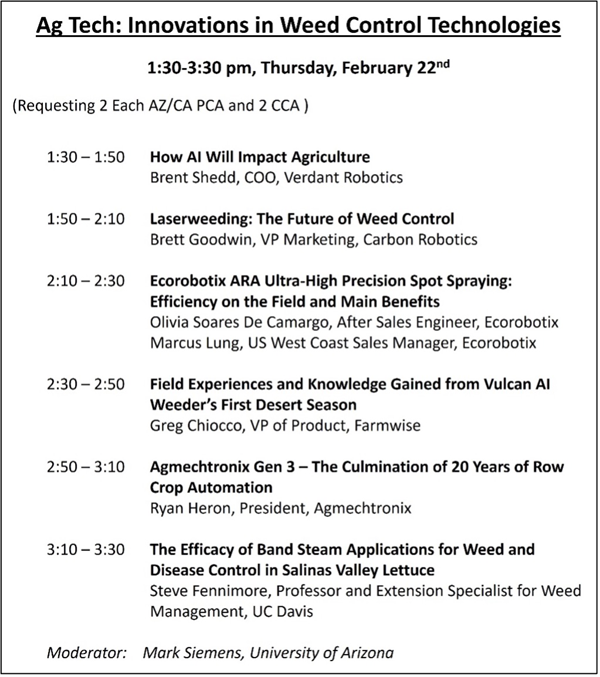
Fig. 1. Agenda for the “Ag Tech: Innovations in Weed Control Technologies”
educational session at the 2024 Southwest Ag Summit. The session will be held
Thursday, February 22nd at Arizona Western College, Yuma, AZ.
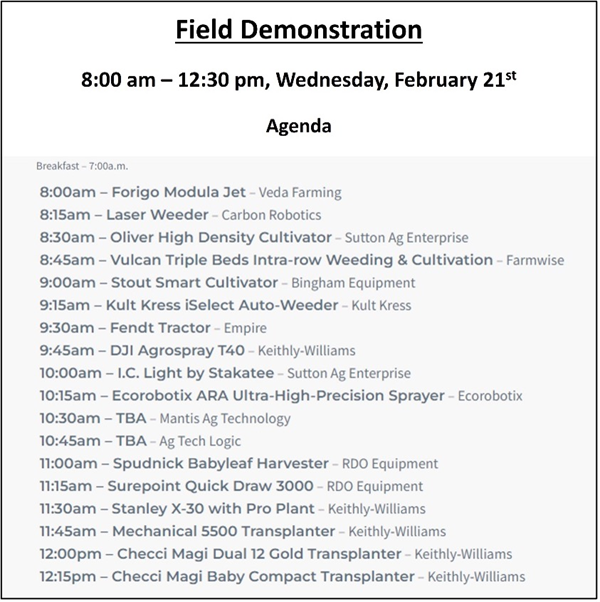
Fig. 2. 2024 Southwest Ag Summit Field Demo agenda. The event will
be held at Arizona Western College in Yuma, AZ.
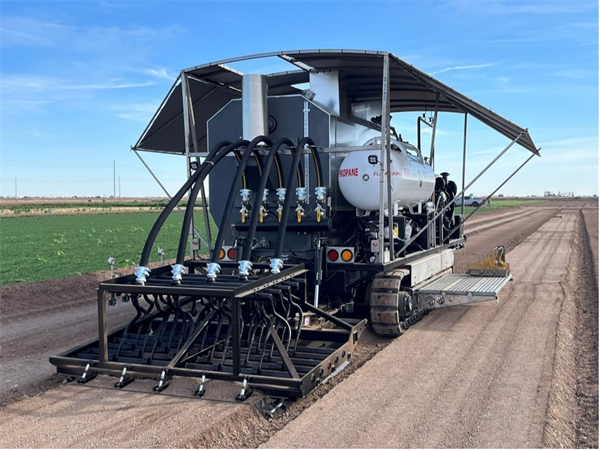
Fig. 3. Self-propelled machine designed for injecting steam into the
soil prior to planting to raise soil temperatures to sufficient levels to
control soilborne pathogens and weed seed. Unit will be on display at
the 2024 Southwest Ag Summit, Yuma, AZ. (Photo credit: Peter de
Groot).
This is lettuce..what do you think?:
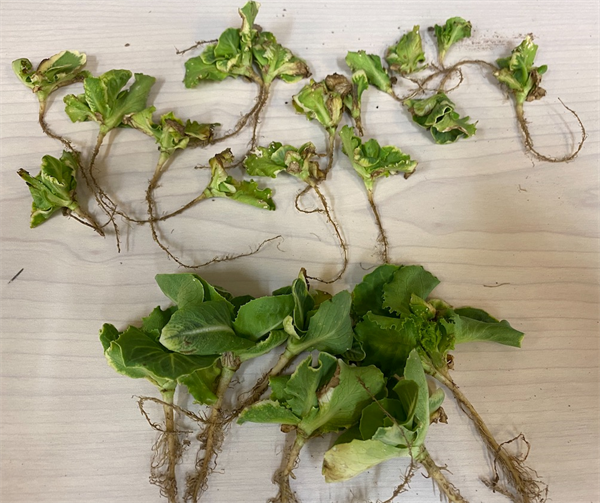
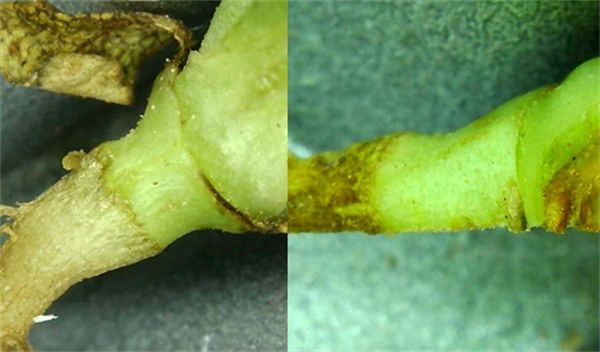
send your comments here: marcop@ag.arizona.edu
We Need Your Input!
The Environmental Protection Agency (EPA) is seeking public comment on its Draft Herbicide Strategy Framework to protect threatened and endangered species. The Strategy outlines proposed mitigations on agricultural herbicide use that could have significant impacts on production of field crops and specialty crops in the lower 48 states.
The Arizona Pest Management Center will submit comments to EPA to communicate the challenges and potential impacts of the proposed Strategy on our agricultural industries, but we need your help.
We need input from growers, applicators, pest control advisors, registrants and others on the feasibility of EPA’s proposed mitigations for Arizona production systems. If you are concerned about EPA’s proposed changes and willing to share your knowledge of what works in Southwest agriculture, your input could help make a difference.
Please consider responding to our online survey by clicking the link below. The survey takes around 12 minutes and is completely anonymous. The data you provide will only be used in aggregate to communicate local farming practices and concerns related to herbicide mitigations to the EPA. Taking this survey is also a good way to learn more about EPA’s specific proposed changes. Please respond by October 19.
Survey Link: https://uarizona.co1.qualtrics.com/jfe/form/SV_1QUBcXiIVgjFDHE
Thank you!
Results of pheromone and sticky trap catches can be viewed here.
Corn earworm: CEW moth counts remain at low levels in all areas, well below average for this time of year.
Beet armyworm: Trap increased areawide; above average compared to previous years.
Cabbage looper: Cabbage looper counts decreased in all areas; below average for this time of season.
Diamondback moth: DBM moth counts decreased in most areas. About average for this time of the year.
Whitefly: Adult movement beginning at low levels, average for early spring.
Thrips: Thrips adult counts reached their peak for the season. Above average compared with previous years.
Aphids: Aphid movement decreased in all areas; below average for late-March.
Leafminers: Adults remain low in most locations, below average for March.